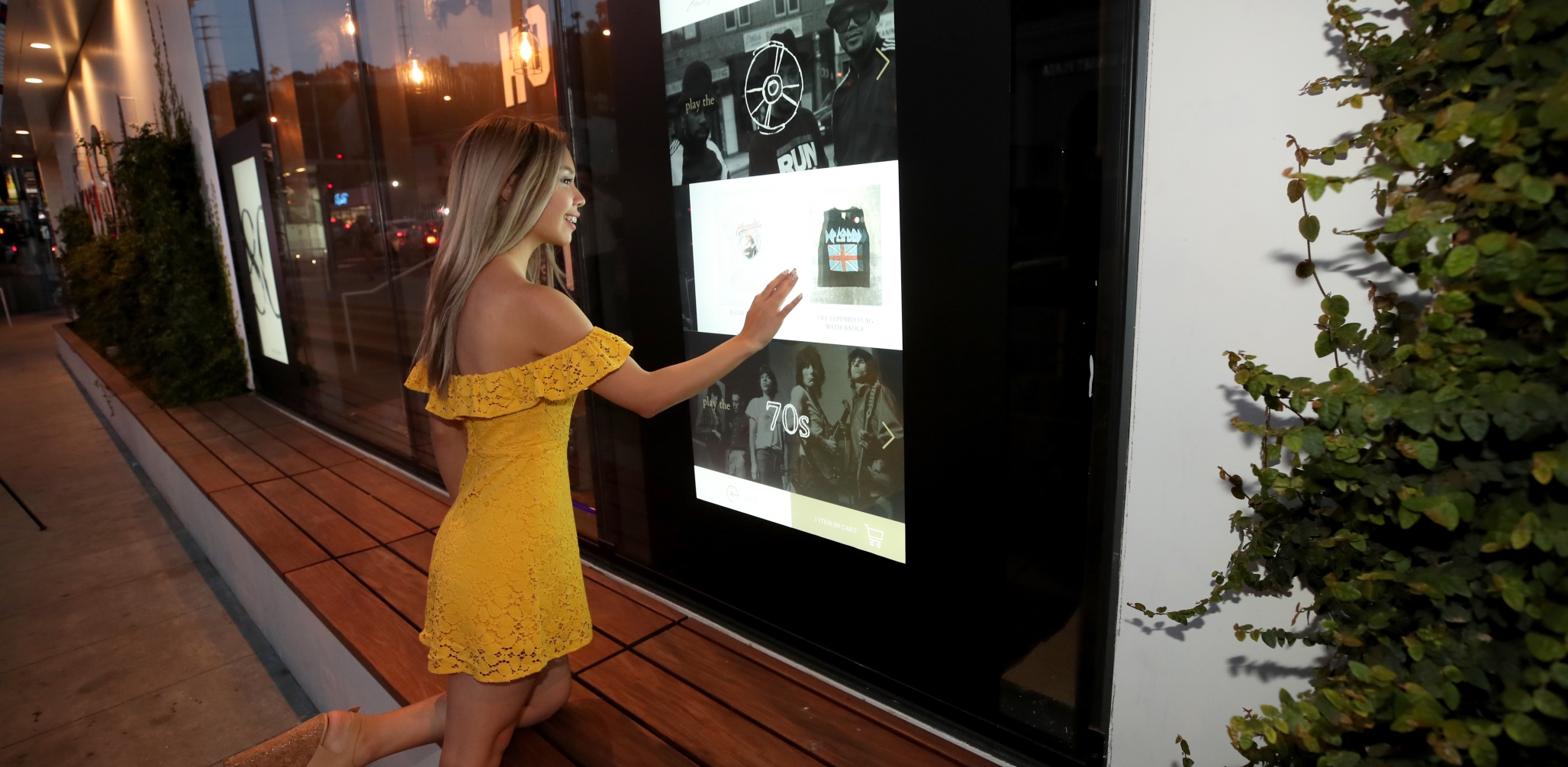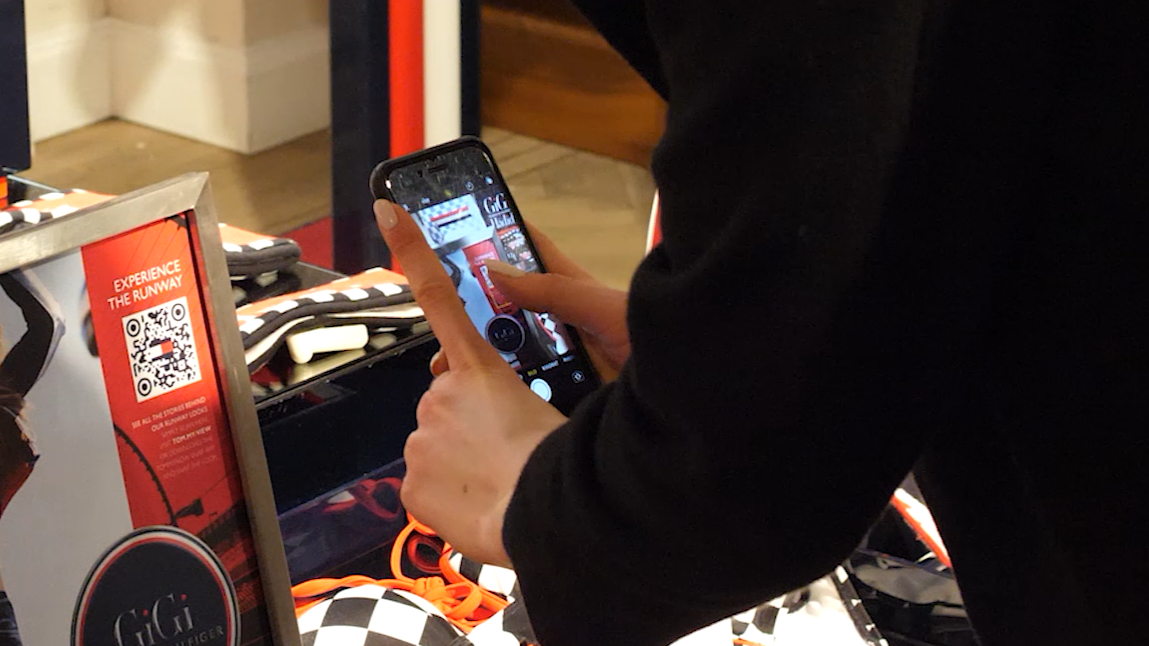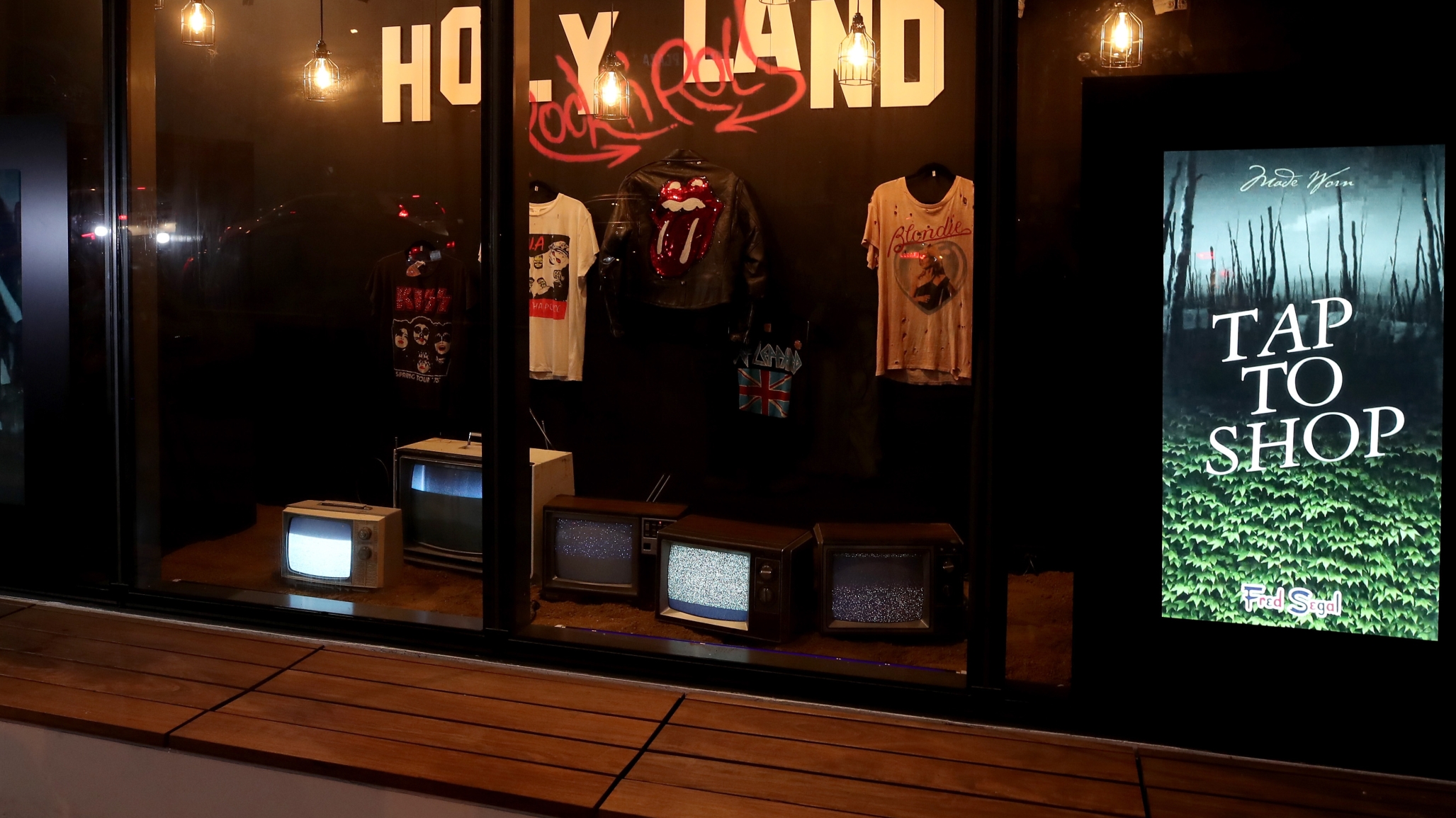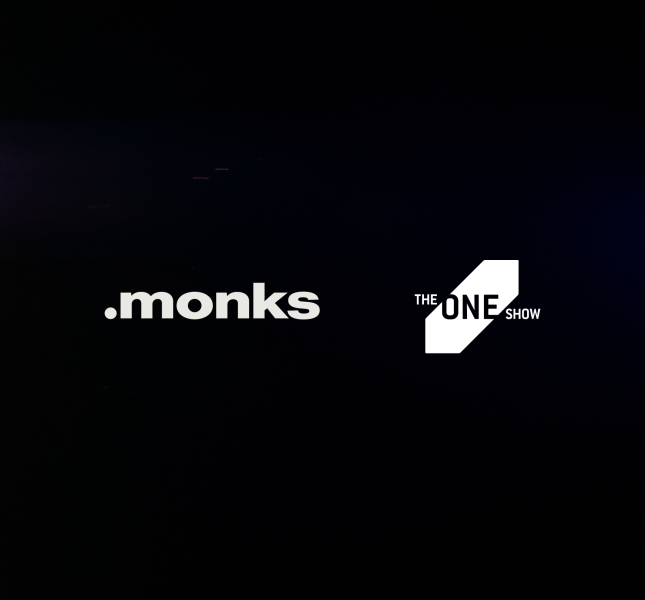Bridging Together Bricks and Clicks is a Good Deal for Retailers

Shoppers are increasingly turning to their devices both before and while they shop: in “Building the Integrated Retail Commerce Business Case,” Forrester reports that 36.5% of physical retail sales are influenced by digital, indicating that the boundary between digital and brick-and-mortar has blurred. Retailers can use this to their advantage by embedding digital solutions directly within the in-store experience, providing convenience to shoppers while influencing key purchasing decisions.
How, and why, are shoppers using digital in stores already? For many, it’s bringing together the convenience of technology with the ways that consumers shop. According to a survey from eMarketer on the leading business challenges facing retailers today, 50% of US respondents noted that customers have become accustomed to serving themselves, and want more technology to facilitate that by making it easier to shop online and off simultaneously.
36.5% of physical retail sales are influenced by digital retail sales are influenced by digital.
MediaMonks Founder and COO Wesley ter Haar calls this “having the brand at hand,” making it easy for consumers to engage with brands and retailers at a moment’s notice. This can be as simple as researching what’s in stock at a store before a visit, to checking product reviews right in front of store shelves. But retailers can go further in how they embed digital tools and content in the brick and mortar shopping experience.
How Bricks and Clicks Augment the In-Store Experience
The retailers that will last are those who embrace unifying the digital and physical retail experiences. According to the same report from Forrester quoted above, “Digital business pros in retail must include both physical stores and digital capabilities in their business case and ensure that they support and build on one another to create a holistic customer experience.”
While we know now according to eMarketer, 67% will browse digitally before making a purchase, MediaMonks Lead Strategist Michael Litman reminds retailers of the value of a consumer “showrooming” and embracing this growing trend. He reminds us that “Many shoppers are using mobile devices to shop online while in the store,” he says. “Either retailers lean in to this and make sure they are providing the best experience for the best price, or showrooming will continue to hinder them and prompt consumers to shop elsewhere.”
Retailers are starting to mix personalization and contextual shopping—mainstays of the online experience—at brick and mortar locations. Take, for example, Canadian supermarket Sobeys, who recently announced a recent pilot of a smart shopping cart that offers recommendations, promotions and the ability to pay at the cart. In the quick-service food space, McDonald’s aims to provide a more personalized drive-thru experience via digital displays that react to triggers like weather, trending menu items and more.
Either retailers make sure they are providing the best experience for the best price, or they will prompt consumers to shop elsewhere.

Both of these developments aim to boost profits, increase customer satisfaction and service more guests. The Sobeys shopping carts, for instance, don’t aim to replace the retailer’s staff but rather give them the opportunity to make more meaningful connections with consumers on the floor, like answering questions about products or even recommending recipes. This direct connection is a strength of brick and mortar retail, which is why you see so many digital-native, direct-to-consumer brands opening up stores in cosmopolitan cities—and embracing digital tools can help retailers expand their focus and care for the consumer.
Digital Offers New Opportunities for Storytelling
One of the clearest ways that digital can augment the in-store experience is by providing additional context to consumers about the products they discover on the shelf. For example, Amazon’s famous Amazon 4-Star shops integrate digital shopping data (its namesake stems from the fact that all products on display have average review scores of four stars and above) with the in-store experience.
But digital also offers retailers new storytelling opportunities as a means to educate shoppers about a product. For Tommy Hilfiger, we developed a series of behind-the-scenes mobile content that gives its Spring 2018 collection a bit more color by enabling shoppers to not only admire the clothing on display, but establish a stronger connection with the brand and its creative process.

Scanning an in-store display opens the door to Tommy Hilfiger's world on your mobile device.
Here’s how it works: users encounter clothing items on the shelf, which feature scannable QR codes on their tags. After scanning a code, shoppers become immersed in the world of Tommy Hilfiger via a media-rich mobile site offering catwalk footage, designer interviews, outfit breakdowns and even design mood boards. Users can explore by simply moving their phone, providing an added layer of immersion and whimsey to the experience.
Of course, the content is shoppable; the microsite lets users seamlessly purchase looks (and related items) via their phone. This makes it easy for users to purchase items that might be out of stock in the store, offering more convenience and making a best-of-both-worlds approach to retail shopping online and off.
Add to that the digital experience’s ease to implement—retail locations need only scannable posters and the tags themselves—and you’ve got content that’s easy to scale across stores and your consumer base. Such an embrace of digital and its inherent value in the retail experience has earned Tommy Hilfiger the #3 spot in Fast Company’s most innovative companies in style.
Use Location to Your Advantage
Another strategy to mix the brick and mortar experience with digital is to ensure the shopping experience extends outside the typical constraints of brick-and-mortar shopping, like shelf space or hours of operation. Digital shoppers are used to having any item with just a few clicks—and sometimes delivered within the day or even hour. Thus, digital tools can accommodate toward shoppers’ expectation for easy access and instant gratification.

Shoppable displays give "window shopping" a whole new meaning.
When apparel brand MadeWorn released their clothing collection at a pop-up within the Fred Segal flagship store, we worked with Mastercard to create a digital experience that gives “window shopping” a new meaning by installing interactive window displays that invited passersby to browse and purchase without entering the store—extending the shopping experience outside the walls of the store, but also outside standard operating hours.
In addition to the function of making a purchase, we also developed exclusive, location-based Snapchat lenses that celebrate the local music scene, just like the collection itself. The lenses take the experience even further by giving shoppers something to share while they’re physically present at the pop-up.
What this all boils down to is that digital and brick and mortar are not mutually exclusive. By closely integrating the two and adopting a holistic “bricks and clicks” mindset, brands can achieve a more cohesive shopping ecosystem that builds on consumer expectations while moving the needle on business outcomes.
Related
Thinking
Sharpen your edge in a world that won't wait
Sign up to get email updates with actionable insights, cutting-edge research and proven strategies.
Monks needs the contact information you provide to us to contact you about our products and services. You may unsubscribe from these communications at any time. For information on how to unsubscribe, as well as our privacy practices and commitment to protecting your privacy, please review our Privacy Policy.



